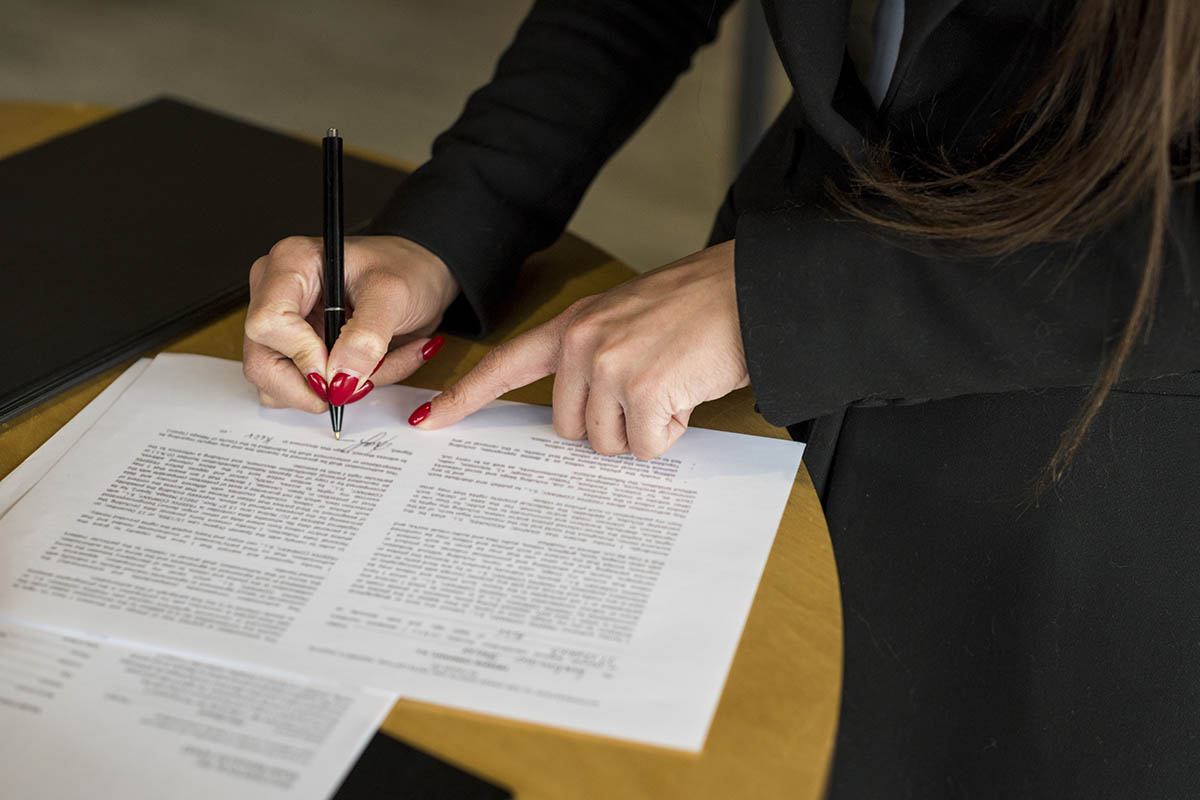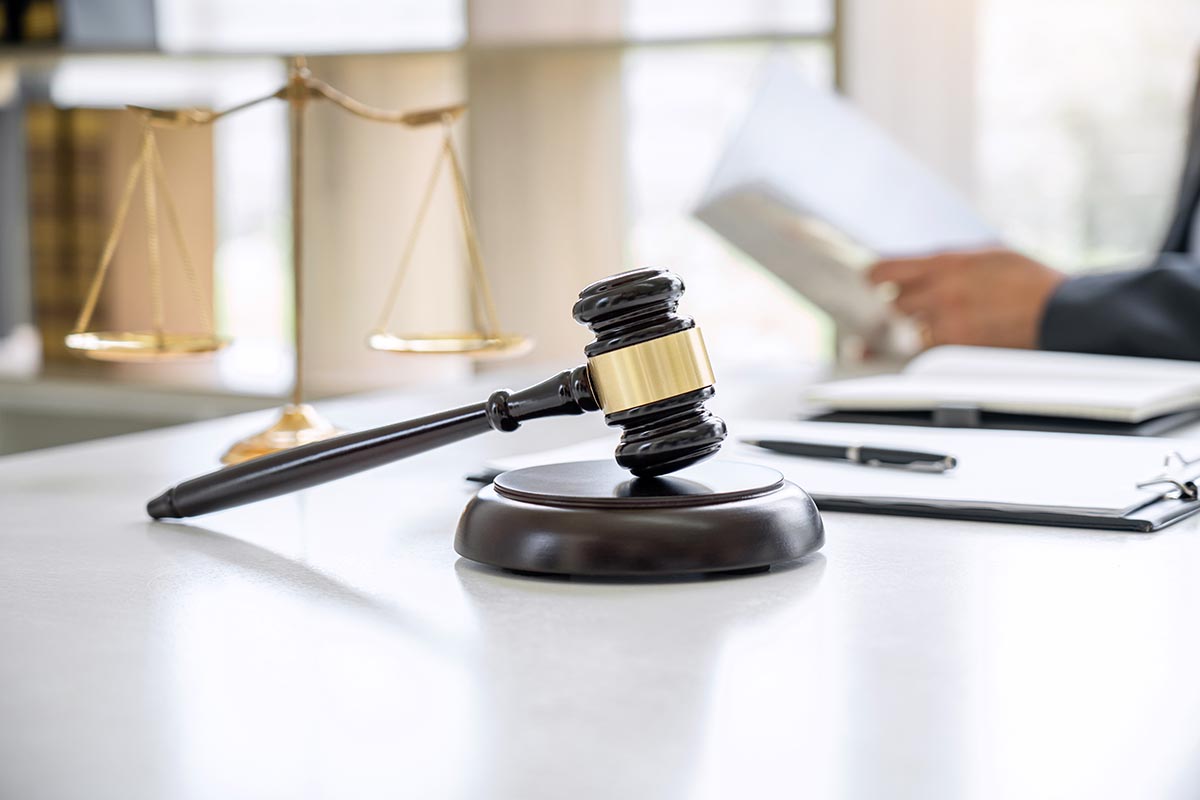Everything You Need to Know About the Bail Legal Process
The legal process surrounding bail is a critical and often misunderstood aspect of the criminal justice system. Serving as a crucial link between an individual’s arrest and their court appearance, the concept of bail plays a significant role in maintaining the balance between the rights of the accused and justice. This comprehensive guide aims to delve deeply into the various facets of the bail legal process. It offers an in-depth exploration of its definition, purposes, the different types of bail, factors influencing bail decisions, and the step-by-step process from arrest to release.
Definition and Purpose of Bail
Bail, in its essence, is a legal agreement that allows an accused individual to be released from custody in exchange for a financial guarantee that they will attend court for scheduled hearings. Importantly, bail is not designed as a punitive measure; rather, its primary purpose is to ensure that those accused of a crime do not evade the judicial process and fulfill their obligation to appear in court when required.
Types of Bail
The flexibility of the legal system is reflected in the various types of bail available, each tailored to accommodate different situations and individual circumstances. Understanding these types is crucial for anyone navigating the complexities of the legal process. The primary forms of bail include:
- Cash Bail
- This straightforward form of bail involves the defendant or their loved ones paying the full bail amount in cash to secure the release of the accused.
- While direct, this option can financially burden many individuals, especially those facing high bail amounts.
- Surety Bail
- Involves a third party, usually a bail bondsman like bail bonds Dayton OH, providing a financial guarantee to the court on behalf of the defendant.
- The defendant or their family pays a percentage of the bail amount as a fee to the bondsman, making this a more accessible option for those with limited financial resources.
- Property Bond
- This form of bail allows individuals to use their home or other valuable property as collateral for the bail amount.
- However, it comes with the risk of losing the property if you fail to appear in court, making it a serious decision for those considering this option.
- Release on Recognizance (ROR)
- In some cases, a judge may opt to release a defendant on their recognizance, relying on the individual’s reputation and trustworthiness to ensure their appearance in court without a financial incentive.
Factors Influencing Bail Decisions
Bail decisions are not arbitrary; they are carefully considered by judges who weigh various factors to determine an appropriate bail amount and conditions. These factors include:
- The severity of the Offense
- The nature and seriousness of the alleged crime play a significant role in bail decisions. More severe offenses often result in higher bail amounts due to the perceived increased flight risk associated with such charges.
- Criminal History
- A defendant’s prior criminal record, especially instances of failing to appear in court, can significantly impact the bail decision. Repeat offenders may face higher bail amounts.
- Community Ties
- Having strong links to the community, such as stable employment, family connections, and long-term residence, may reduce the perceived flight risk, potentially influencing a judge to set a lower bail amount.
- Financial Resources
- The financial status of the defendant is a crucial consideration. A judge may set a bail amount based on the individual’s ability to pay or consider alternative options, such as the involvement of a bail bondsman.
- Public Safety Concerns
- If the court thinks that the individual seeking bail causes a threat to public safety, the court may set a higher bail amount or, in extreme cases, deny bail altogether.
The Bail Process
- Arrest
- The bail process begins with the arrest of the individual suspected of committing a crime. Law enforcement officers apprehend the individual based on evidence or a warrant.
- Booking
- After the arrest, the individual is taken to the police station for the booking process. This involves recording personal information, taking fingerprints, and creating an official record of the charges.
- Initial Appearance
- The defendant is brought before a judge for an initial appearance, during which the judge informs them of the charges and determines whether bail will be granted or denied. Sometimes, the initial impression may not include a bail decision, leading to a separate bail hearing.
- Bail Hearing
- A separate bail hearing is scheduled if a bail decision is not made during the initial appearance. During this hearing, the prosecution and defense present arguments, and the judge considers the relevant factors to determine an appropriate bail amount and conditions.
- Payment or Arrangements
- Once the bail amount is set, the defendant or their loved ones can choose from various options to secure their release. This may involve paying the full bail amount in cash, seeking the assistance of a bail bondsman, or arranging for a property bond.
- Release
- Upon successful payment or arrangement, the defendant is released from custody with the understanding that they must appear in court as scheduled. Failure to appear can result in further legal action and the forfeiture of the bail amount.
A thorough understanding of how bail works is important for anyone involved in the legal system, be it a defendant, a family member, or a concerned citizen.



















